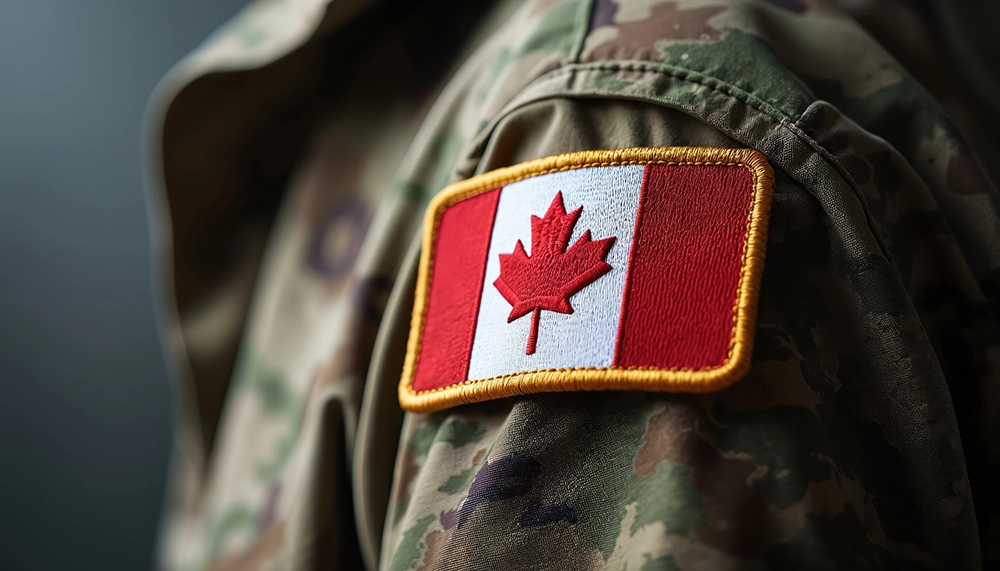
Yesterday, PM Carney committed Canada to joining NATO’s new defence spending target, aiming to reach 5% of GDP by 2035. This pledge will increase spending for Canada each year till then, making this the largest increase since the Second World War. The members of NATO, except Spain as they secured an exemption, all made an agreement to the new pledge at the annual leaders meeting in The Hauge. NATO members, expect Spain have all agreed to then review the target in 2029.
So how will this 5% be allocated?
The new pledge breaks down into two parts, 3.5% of GDP will end up funding military capabilities, such as ships, aircraft, troops, and equipment. With the remaining 1.5% on defence related investments including infrastructure, investments in transportation, emergency systems, etc. These investments have been designed not only for wartime readiness, but for resilience across natural disasters, cyber attacks and disinformation.
During the summit, Carney announced that, “Throughout Canada’s history, there have been turning points when the world’s fortunes have been in the balance, and each time Canada has chosen to step up to lead on the path of democracy and freedom,”. His comments expressed confidence in Canadas readiness to align with NATO.
Earlier this month, Carney also announced that Canada would be spending an additional $9.3 billion on defence to meet NATO’s previous 2% of GDP target this fiscal year, since there has been pressure from allies to do so. Until then, Canada hadn’t hit that mark despite its 2014 pledge to do so. With that, the federal government is expected to spend around $62 billion on defense alone this year.
When the 2029 review approaches and spending ramps up, businesses, municipalities and civil society will have to prepare for changes ahead and maybe consider how to engage with an evolving national defence landscape. This is nearly half of the 5% of GDP Carney will have to end up spending in defence, as he said in an interview this past Tuesday with CNN that reaching 5% of GDP would amount to $150 billion per year.
For Canadians, this shift signals more than just an increase in defense spending, it represents a transformation in Canada’s global role. It may bring about a surge in government procurement, new job opportunities in aerospace, technology, and construction, with more debates on federal budget priorities. At the same time, it does bring concern to Canadians about affordability and the rising cost of living, and inflation. As these investments continue to unfold, the federal government will have to be transparent, consultative and overall, fiscally responsible in ensuring that a stronger Canada abroad doesn’t come at the expense or stability of everyday Canadians. The announcement of this pledge is huge and is something to look over during the next decade.